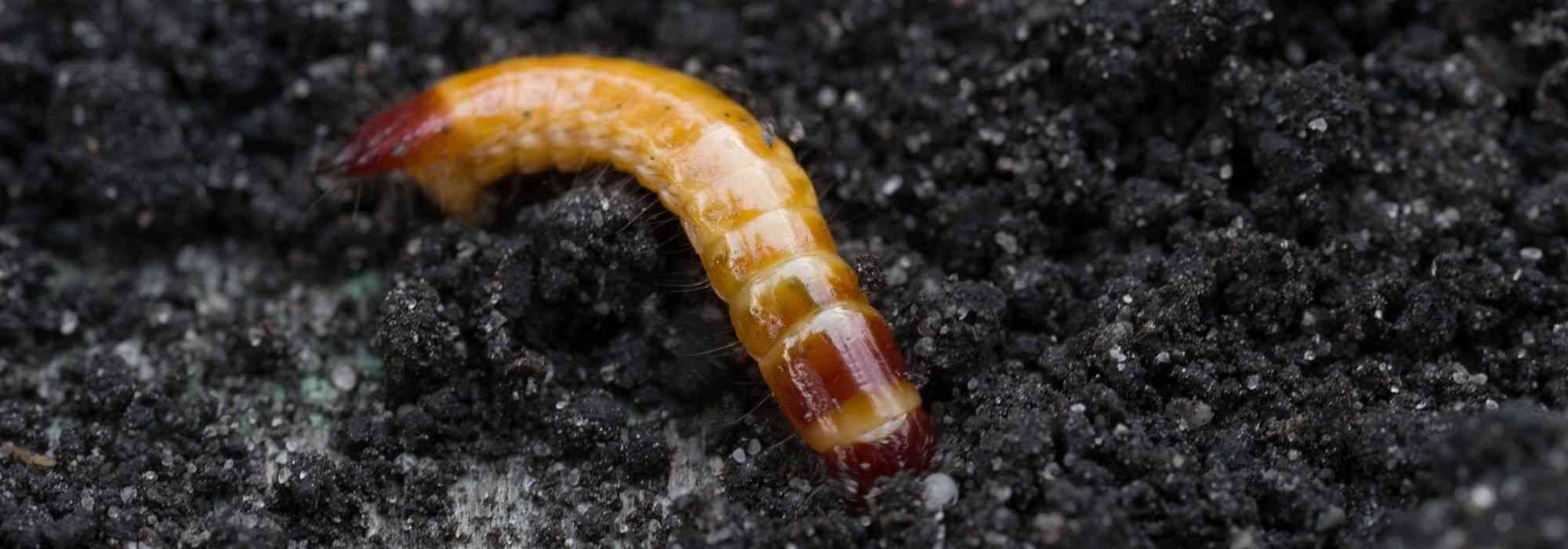
Click beetle or wireworm: damage, treatment and organic control
A rather annoying beetle!
Contents
Here’s a little creature that doesn’t make life easy in vegetable patch or ornamental garden! The click beetle — and especially its larva known as “wireworm” — can sometimes cause serious damage by parasitising potatoes, root vegetables and also lettuce or strawberry plants. Harvest ruined and plants killed; no wonder this little beetle isn’t welcome! How to protect against it and control this insect naturally? Find out everything in this advice sheet.
Which insect is the wireworm?
Click beetle of the family Elateridae, wireworms — as there are more than 7,000 species worldwide — have the habit of leaping into the air if they end up on their back to get back onto their six legs. Adults measure roughly two centimetres long and are brown.
But it is the larvae that are especially problematic in the garden. They are brownish-yellow, measure about two centimetres long and have six tiny legs. They are mostly plant-eating and live in soil or rotting wood: they are called “wireworms”. Among all the different species of wireworms, attention focuses on the genus Agriotes, of which four species are considered pests in France: Agriotes obscurus, Agriotes lineatus, Agriotes sordidus and Agriotes sputator.
Wireworm life cycle is unusual:
- eggs are laid in soil in June after mating, at a depth of a few centimetres;
- eggs hatch after about a month, producing wireworms;
- larvae, depending on species, live between one year and several years in soil (sometimes up to 4 years). They feed there searching for organic debris and… for some roots;
- larvae become pupae and burrow somewhat deeper into soil (around fifty centimetres);
- adults emerge in spring when soil warms (April or May depending on temperature): this is emergence;
- during this emergence, adults will mate then lay eggs. They die after mating;
- larvae prefer warmth and moisture. Damage is then visible during two distinct periods: in May–June and August–September.
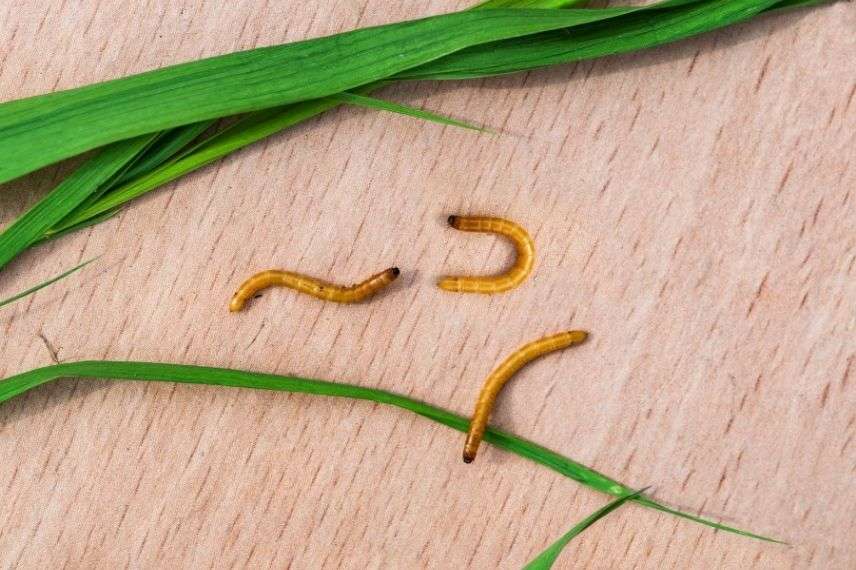
Wireworm larva
What damage do wireworms cause?
Damage is fairly visible. Attacked plant begins to slow its growth and then to wither apparently “for no apparent reason“. Roots, tubercles and bulbs are attacked. You can then see holes and tunnels made by wireworm larvae when inspecting roots or harvesting vegetables.
Several plants in vegetable garden or ornamental garden may suffer wireworm attacks: potato, carrot, parsnip, turnip, beetroot, lettuce, asparagus, strawberry plants, bulbs, leek, tomato, wheat…
Fabacées such as beans, peas or broad beans are not susceptible to wireworm larvae.
Discover other Care products
View all →Available in 1 sizes
Available in 1 sizes
Available in 1 sizes
Available in 1 sizes
Available in 1 sizes
Available in 1 sizes
Available in 1 sizes
Available in 1 sizes
How to control wireworm organically?
Better to prevent than cure when it comes to wireworms!
Preventive treatment
- Crop rotation should be standard practice in vegetable garden. Remember that growing same vegetable year after year on same plot invites diseases, deficiencies and pests, in this case wireworms;
- Aerate soil regularly with a spading fork because wireworm larvae prefer compacted soil;
- Apply lime once a year to alkalinise soil. Wireworms dislike alkaline soils;
- Fern manure, diluted at 100 ml per litre of water, is effective as a wireworm repellent. Water with this mixture rather than spray it, because larvae are in the soil not on plant. Preparation of fern manure is simple: macerate 1 kg of fern fronds in 10 l of water for about ten days, keeping mixture covered and stirring daily;
- Castor cake used as an organic fertiliser has a reputation for deterring wireworm larvae;
- A balanced, natural garden does not suffer problematic invasions. If you have encouraged natural predators of wireworms, you should not have problems with crops. Natural predators of wireworms are numerous: mole, shrew, ground beetle, birds and even hens. Let hens roam in vegetable plot early in season, during emergence of adult wireworms, as one of best methods to control their population.
It should also be noted that wireworm infestations mainly occur in soil recently turned over to create a new vegetable patch. Number of wireworms will decrease over years of cultivation.
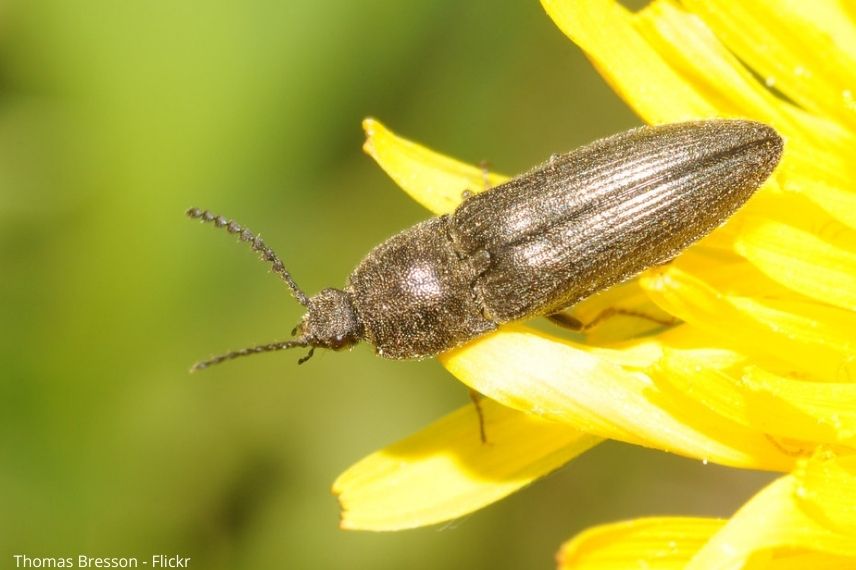
Adult wireworm
Curative treatment
- Trapping, a “treatment” simple and effective
- Dig small hole in soil about 5 cm deep and diameter of small cup, glass or any small sacrificial container;
- Place slices of potato inside;
- Check traps every two days and mercilessly remove larvae caught. You may release other species that have also fallen into trap;
- This type of trap removes some larvae and also allows to check whether there is an infestation.
- Specific entomopathogenic nematodes
Nematodes are microscopic worms that parasitise gut of certain soil larvae such as wireworm. They are available commercially as a powder to dilute in water and then apply as a drench or spray. These nematodes can be used in organic farming.
Find anti-wireworm nematodes in our online nursery: Nematodes SF Biotop 25M
- Specific pheromone traps
Pheromone traps release sexual pheromones that attract males of certain insect species. These traps are specific to a given species or genus and will therefore attract only wireworms if you use a wireworm pheromone trap. Males are captured during breeding period. Fewer matings occur so fewer larvae are produced afterwards.
Find our anti-wireworm pheromone traps: Taupin (Agriotes) Pheromones Biotop.
- Subscribe!
- Contents
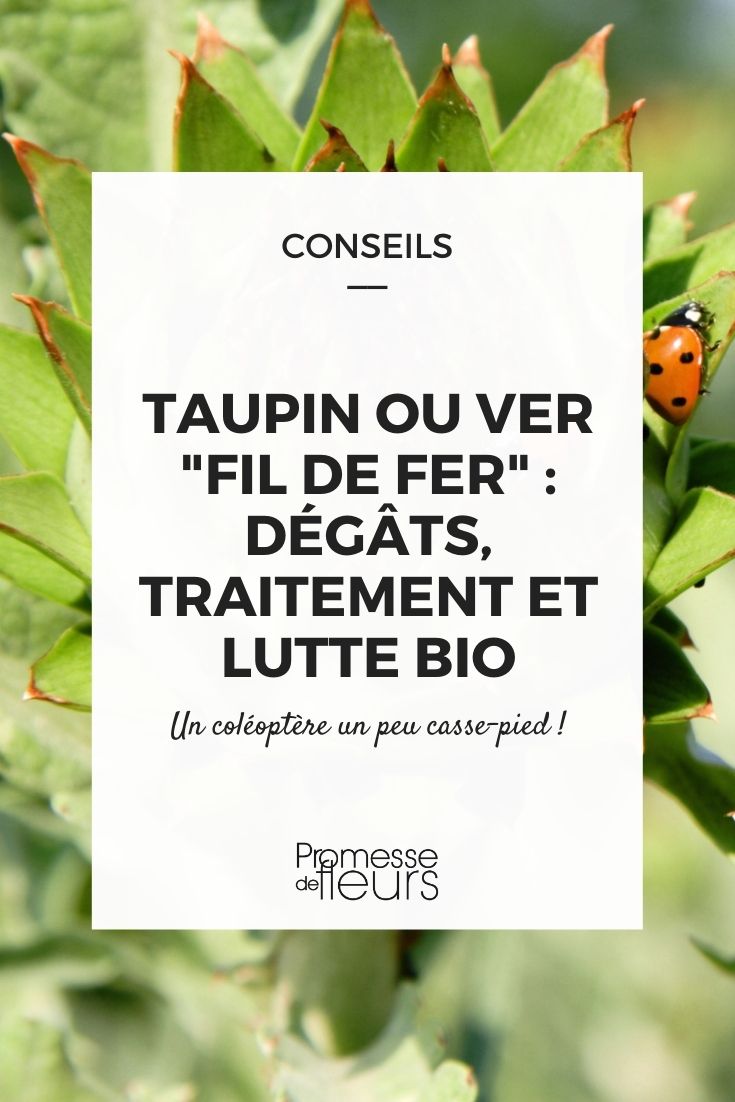































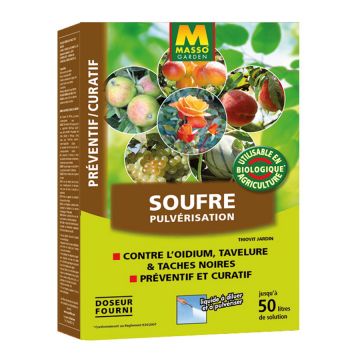



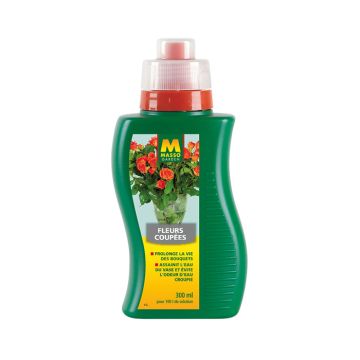



Comments